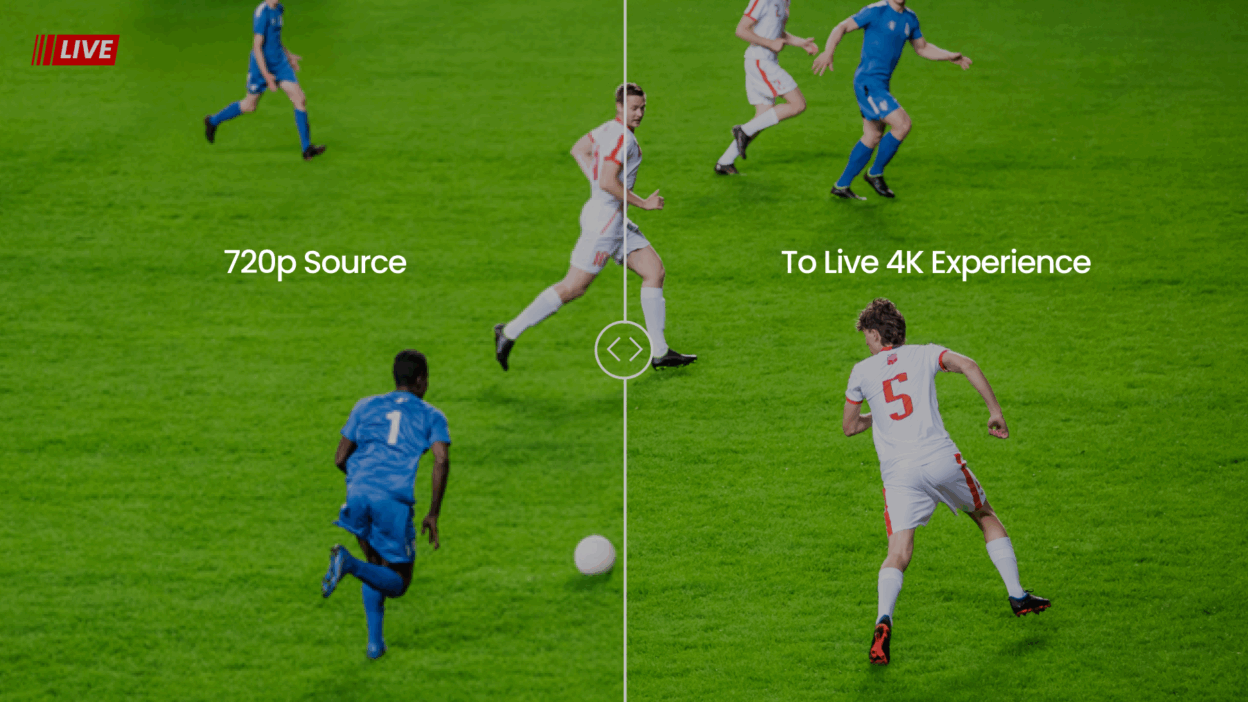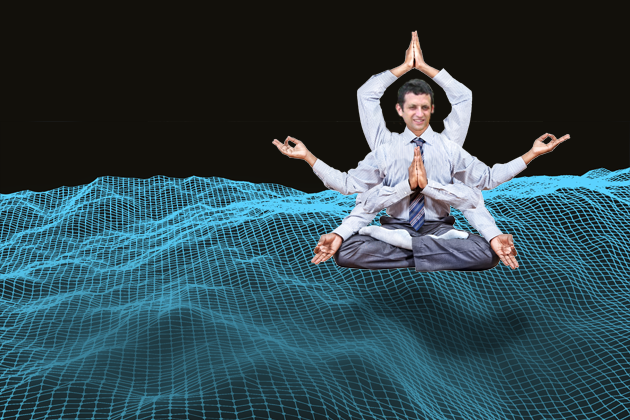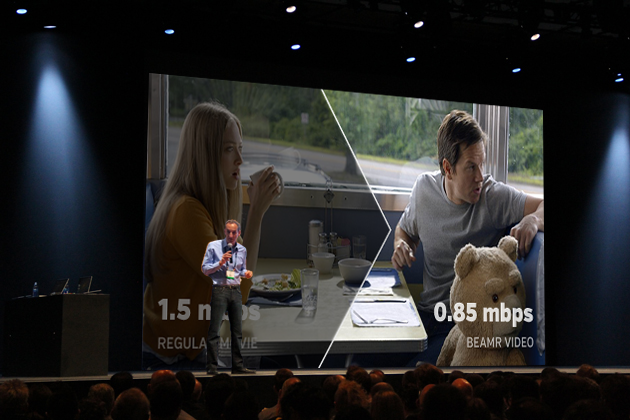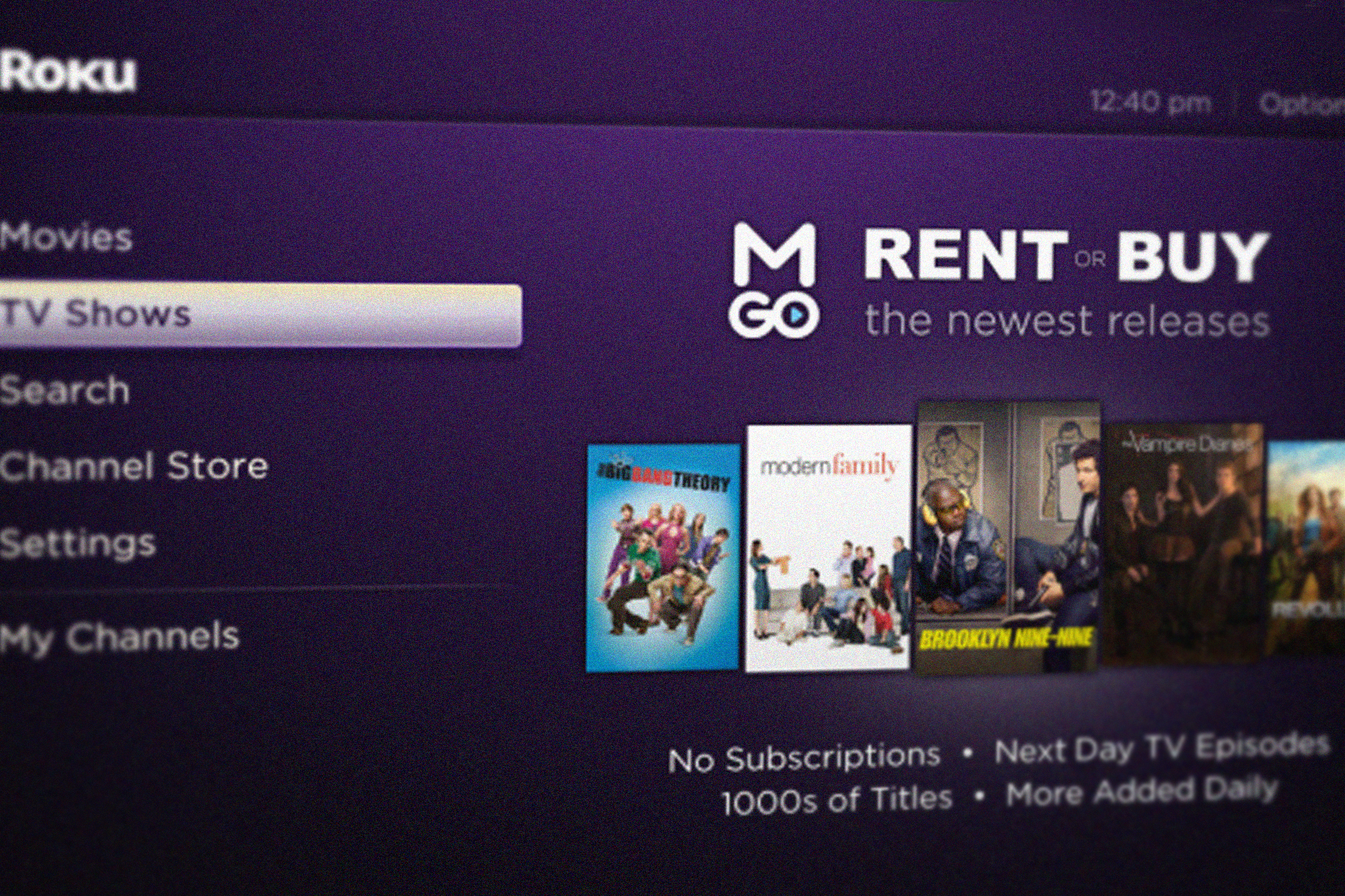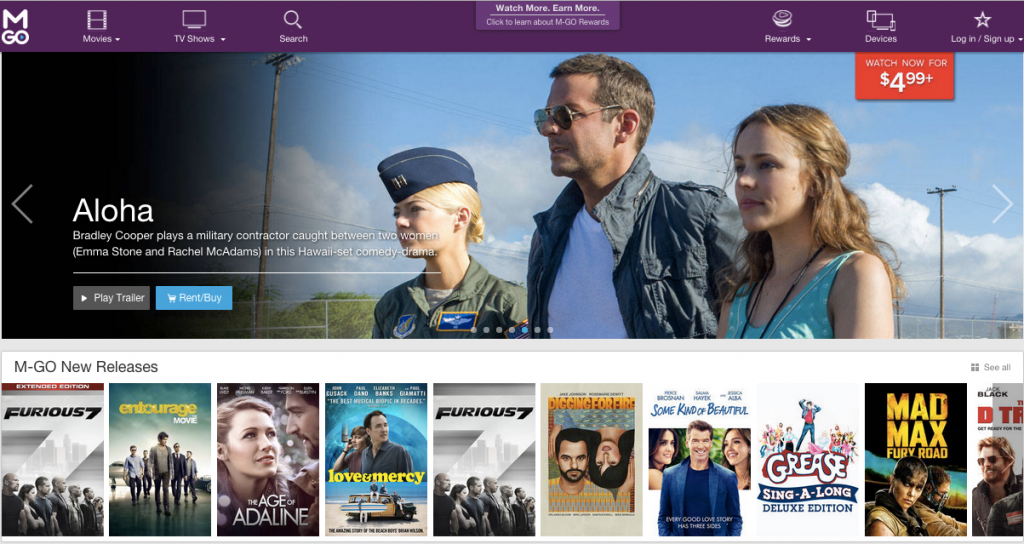Why You Should Also be Excited About AWS Lambda
Photo: “Girls” by Donnie Ray Jones, licensed under CC BY 2.0 (https://creativecommons.org/licenses/by/2.0/), via…
Introducing Beamr Blogger – Dan Julius
Hi, my name is Dan Julius and I’m the VP R&D at Beamr – and what you would call a typical tech geek… I joined Beamr in 2011, and…
The #1 Challenge Content Providers, Studios, Web Publishers and Media Companies Share
The first and foremost challenge today for anyone delivering video is meeting customer expectation for a perfect viewing experience. I’ll…
Introducing Beamr Blogger – Dror Gill
Hi, my name is Dror Gill, and in the coming months you’ll be hearing quite a lot from me on this blog. So I thought it would be a good idea…
Optimization Begins Here
It all started in March 2009. Beamr’s Founder and CEO, Sharon Carmel, was on a plane back from a meeting with a top executive at one of the…
Learn How Beamr Helped M-GO Enhance User Experience
It’s no secret that customers today demand the best possible viewing experience when streaming videos online. You can offer the best shows,…
NAB 2015, Here We Come!
The Beamr team will be at the NAB Show in Las Vegas on April 13-16, and we would love to meet you! Check out the top 5 reasons to stop by…
Jan Ozer: “Beamr Delivers The Benefit of HEVC/VP9 Without The Implementation Hassles”
Jan Ozer, one of the world’s top experts on video compression and streaming and Contributing Editor of Streaming Media Magazine, has done a…
M-GO Upgrades Streaming UX With Beamr Video
It is with great joy and excitement that we announce a new member to the Beamr Video family: M-Go, a premium over-the-top VOD service that is…
Using Media Optimization to Improve Streaming Performance
Back in November, we attended Streaming Media West, where our Director of Sales and Strategy, Mark Donnigan, moderated a panel on Media…

